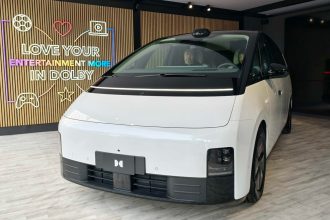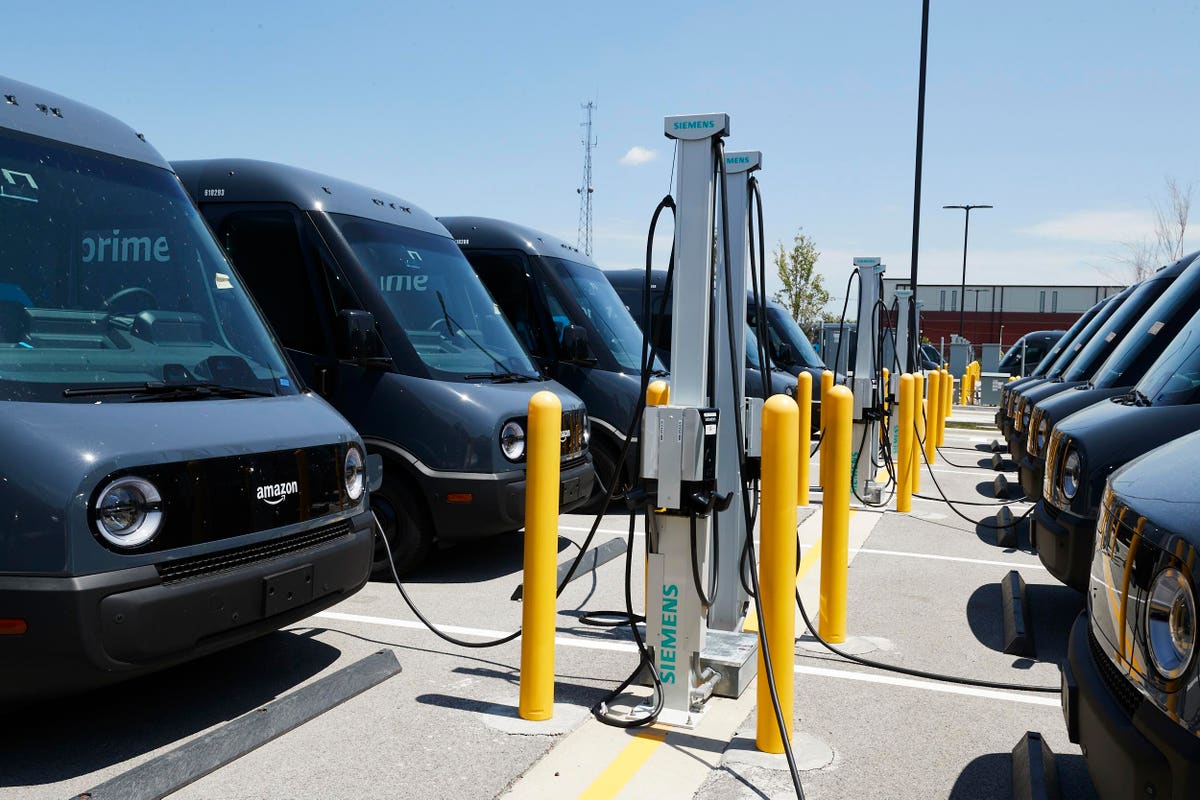The news is everywhere: the U.S. is making things again.
Fueled by unprecedented federal investments through the Inflation Reduction Act and the CHIPs and Science Act, states across the country will soon be seeing the technology critical to our clean-energy future being built in their own backyards.
In 2022, companies announced a record $73 billion in planned electric vehicle, battery and battery recycling plants in the U.S. The U.S. semiconductor projects that are under way, planned or under consideration are valued at over $223 billion. And there are electric vehicle manufacturers already at work around the country: in Illinois, Rivian and Lion — which both received state tax credits—opened to much fanfare and hopes of returning their respective cities to their former manufacturing heydays.
“Made in the U.S.A.” has been an aspiration since the decline of the U.S. auto industry. In fact, as Paul Krugman pointed out in his recent New York Times column, even former President Trump tried—and failed—to bring manufacturing back to the U.S. as part of his plan to “Make America Great Again.”
But in my experience, “Made in the U.S.A.” tells you nothing about the quality of jobs these companies are creating—in that respect, “made under injustice” is more fitting. Even innovative companies producing groundbreaking technology seem to be stuck in the past when it comes to treating their workers well.
In the peak of unionization of the late 30s, manufacturing jobs were good jobs that lifted families into the middle class. But since then, rates of unionization—due to union busting and anti-worker policies —and the manufacturing wage premium have declined sharply, and so has the quality of these jobs.
In the past two decades, global manufacturers have opened numerous plants across the Deep South. My organization, Jobs to Move America, supported a study of manufacturing workers in Alabama and Mississippi, which found work-life balance to be virtually nonexistent for many of the respondents. The report even describes a dynamic of “golden handcuffs”—workers rely on these jobs because they pay the best in their area, and employers realize this and treat workers poorly.
Recently, the nation was shocked after reports on widespread child labor in plants across the country. Unfortunately, if you’ve been following the U.S. manufacturing boom like I have, it’s not that surprising that these companies have resorted to exploiting children.
It’s become very common for manufacturers to use staffing agencies to fill temporary positions in their plants, which allows them to skirt labor laws. In fact, manufacturers are one of the biggest users of temporary labor in the United States.
If Hyundai-Kia, one of the largest producers of EVs in the world, was using child labor, then it’s a troubling indicator of what the industry can look like if there are no guardrails in place.
But the good news is that we’re in the prime moment to change course.
I co-wrote an essay for The American Prospect on why now is the time to stop this “race to the bottom” of U.S. manufacturing. We have the tools to do this, and they’re already working in cities and public agencies.
The Biden administration has made a lot of progress in adopting industrial policy that attaches good jobs standards to federal funding. For example, the recently released application criteria for CHIPs Act funding requires applicants to share their strategies for recruitment and training of workers from under-represented groups, provide detailed job quality data, and it includes mechanisms to make sure companies make good on their commitments.
Recently, Los Angeles County Metropolitan Transportation Authority (L.A. Metro), the third-largest public-transportation agency in the country, adopted a Manufacturing Careers Policy that requires companies wishing to sell $50 million or more in vehicles to include commitments pertaining to job creation and quality, and plans for training.
The Biden administration’s goal of having 50 percent of all new vehicle sales be electric by 2030 means a lot of production is going to need to happen to meet this demand. We could continue on the path we’re on, where we assume that these new companies will apply their innovative approaches to technology to their workforce—and continue to be dead wrong.
Or we could use good industrial policy to leverage this historic public investment into building a domestic industry based on family- and community- sustaining jobs.
In 2022, my organization, Jobs to Move America, was part of a coalition that signed a community benefits agreement (“CBA”) with New Flyer, one of the biggest electric bus manufacturers in North America. Not only does the CBA uplift workers, it is creating a training and apprenticeship program that will provide a pipeline of skilled workers for the company and the EV industry as a whole. In California, we’re already seeing that with BYD, a major EV player that also entered into a CBA with us and now has a nationally registered apprenticeship program for jobs in electric vehicle manufacturing.
These CBAs show that manufacturers will do good when they see a win-win for workers and for their bottom line. For public agencies and companies receiving federal money, good industrial policy also creates a win-win for everyone involved: more and more families and communities thrive, there are more skilled workers ready to work, and we can finally say “Made in the U.S.A” with pride.
Read the full article here





